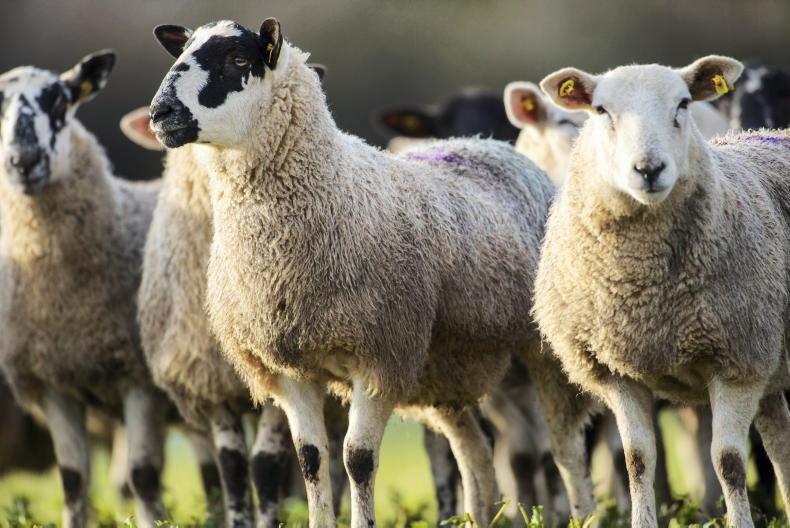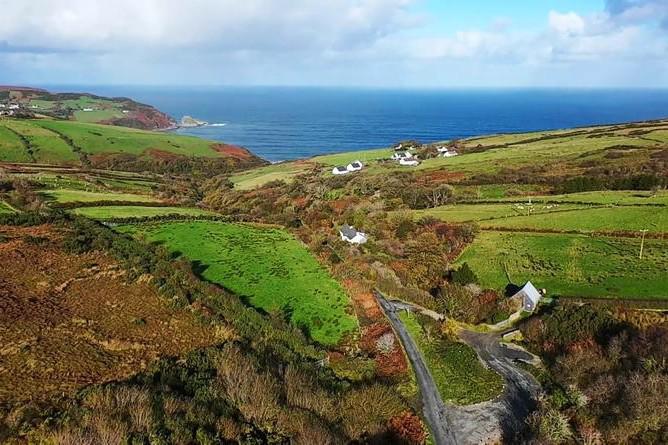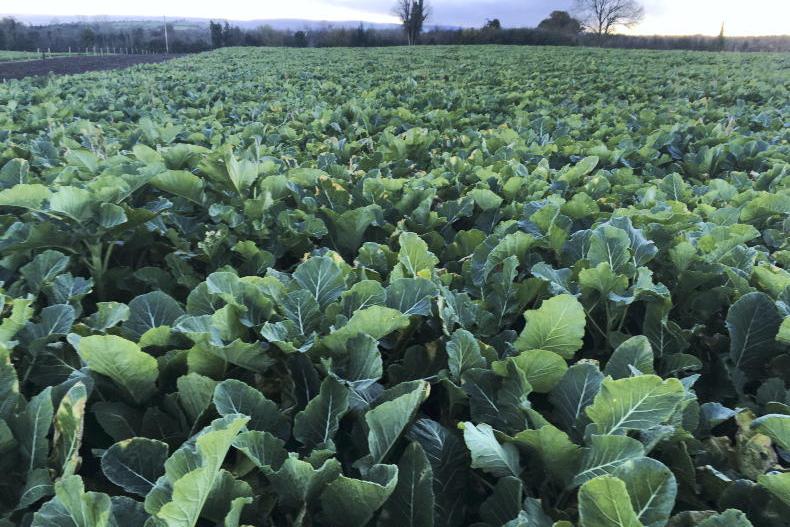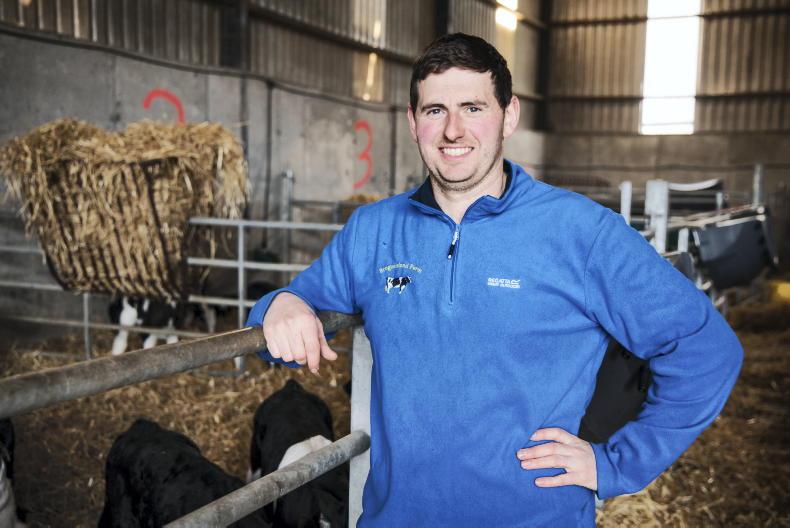The back wall of the silage pit is in view and the last corner of the stack of bales is diminishing by the day on many farms, but thankfully it looks as if the weather may begin to turn in the coming days to allow for a return to grass for some and the first turnout of the year for many others.
Ground conditions still remain quite delicate in many areas, especially where heavy downpours of rainfall over the past week have undone any bit of drying that had been allowed to happen.
It looks set to be cooler with more northerly winds coming into play, which is not ideal for turning stock out to grass but at least will be good for drying land up somewhat.
Fertiliser
Thoughts need to be firmly on fertiliser at this stage. Those aiming for a high-quality cut of grass silage in late May will need to be sowing silage fertiliser in the next week or so.
Fertiliser prices remain high but compared to purchased silage or concentrates it is still better value.
It also gives you full control of the quality and quantity of the feed that will be in your yard next winter.
Not buying fertiliser now may save in the short term but if it means a fodder shortage next winter then in the long run it could cost a lot more.
There are huge variations in fertiliser prices, so it is best to price around and probably only buy enough for the next few weeks – for both silage and grazing.
Declan Marren – THRIVE Farm, Co Tipperary
We have managed to keep the stock at grass. Picking drier paddocks and keeping stock moving regularly to avoid grass becoming dirtied has been important. If the grass gets muddied stock become very unsettled and do a lot more damage to swards.
There have been some nights with heavy rain that has seen surface damage to paddocks but nothing severe and it shouldn’t affect subsequent grazings.
I hope to get the remaining bullocks out over the coming days in small batches as ground conditions improve. Silage reserves are very low but grass supply on the farm is good. There are still some paddocks to be grazed off in the first rotation, which should be finished by the middle of next week.
System Dairy calf to beef
Soil type Mostly dry
Farm cover (kg DM/ha) 937
Growth (kg DM/ha/day) 19
Demand (kg DM/ha/day) 20
Trevor Boland – Dromard, Co Sligo
The only stock that were at grass up until last weekend were the yearling dairy beef heifers that arrived in February and went straight out. I did have to offer them silage for 10 days or so to keep things going.
I managed to get the weanlings, beef heifers and in-calf heifers turned out last weekend. The average farm cover is lower than I would like for the end of March, but growth has been slow. I haven’t any fertiliser spread as of yet either with the way ground conditions were and I don’t think I have missed much growth by not spreading.
If the weather is ok this weekend or early next week I will be getting slurry and even first cut silage fertiliser out with the aim of cutting the last week of May.
System Suckler and beef
Soil type Mostly dry
Farm cover (kg DM/ha) -
Growth (kg DM/ha/day) -
Demand (kg DM/ha/day) -
Wesley Browne – Dunraymond, Co Monaghan
Last week the pressure really came on here but we have got through it. At this stage 66 cows of the 95 are calved, with 60 calving down in four weeks. There are another eight or 10 that will calve in the coming week.
I have managed to get cows and calves out to grass as they calve which I always do. I am running batches of around 10 cows and calves on a rotational grazing system. I am trying to target covers of 1,200-1,300kgDM/ha so that it is easy to graze out in three or four days.
Graze outs in poor weather wouldn’t be as good as you would like but still, given the conditions it’s not too bad. Ground soaked out massively over the weekend, with two dry days so if it gets a chance it will be fine.
System Suckler to beef
Soil type Heavy
Farm cover (kg DM/ha) 716
Growth (kg DM/ha/day) 19
Demand (kg DM/ha/day) 18










SHARING OPTIONS